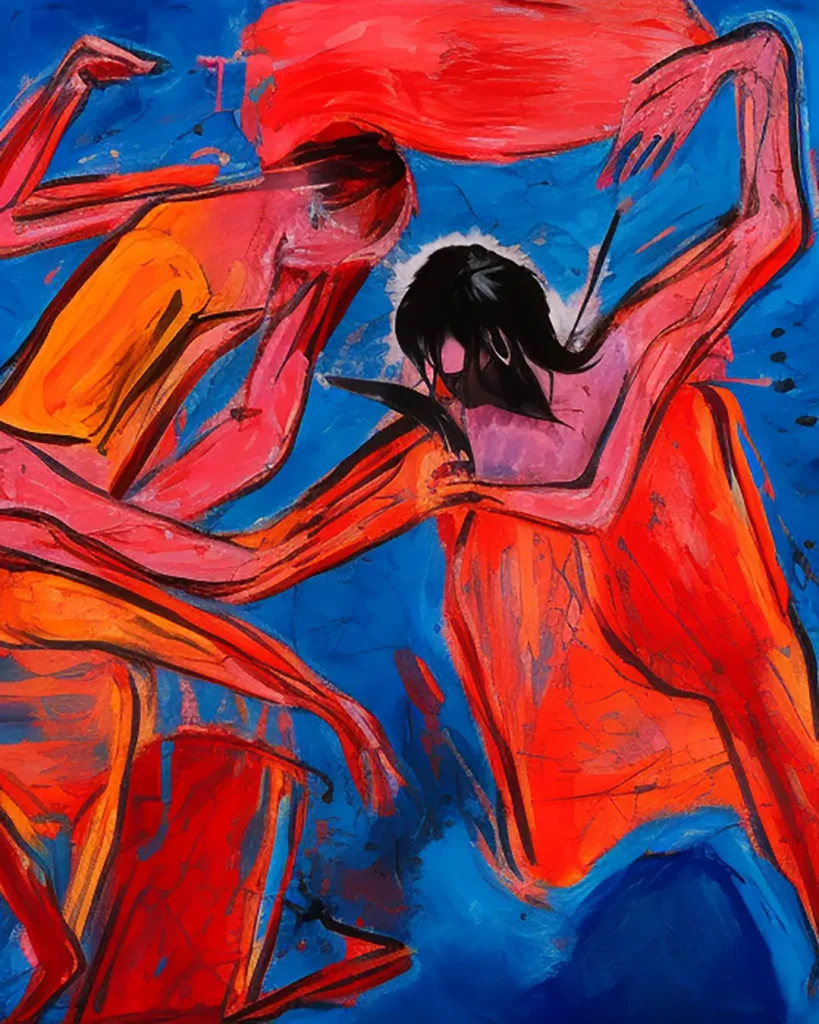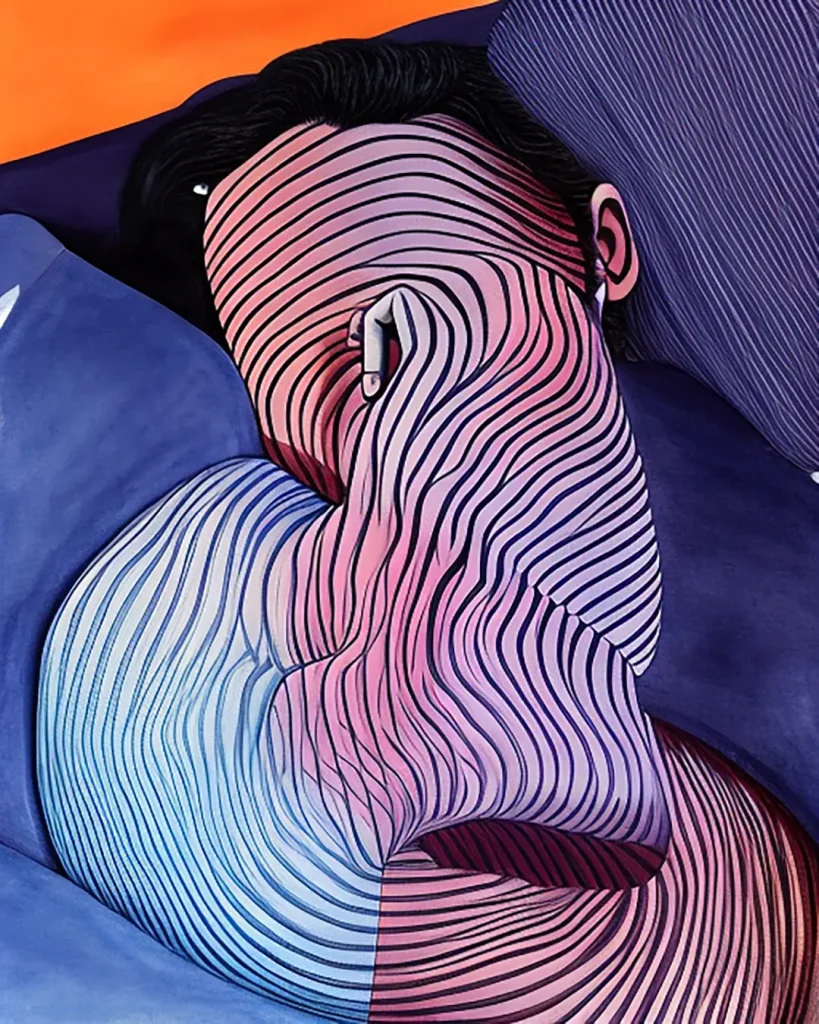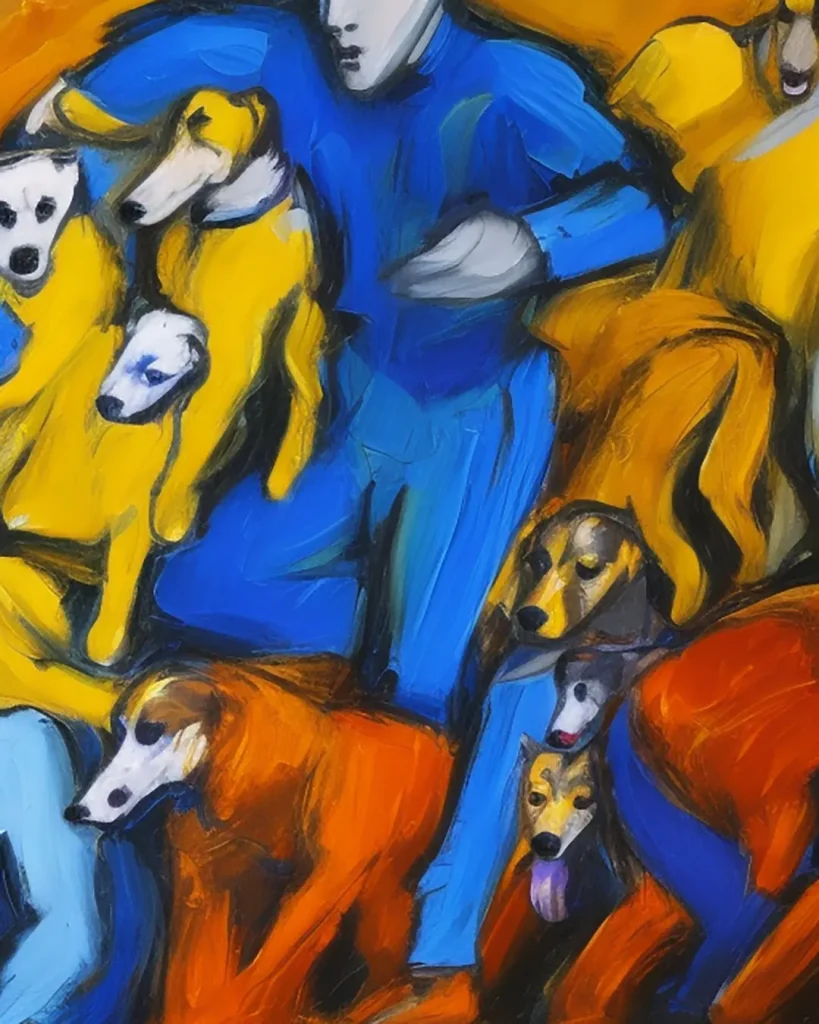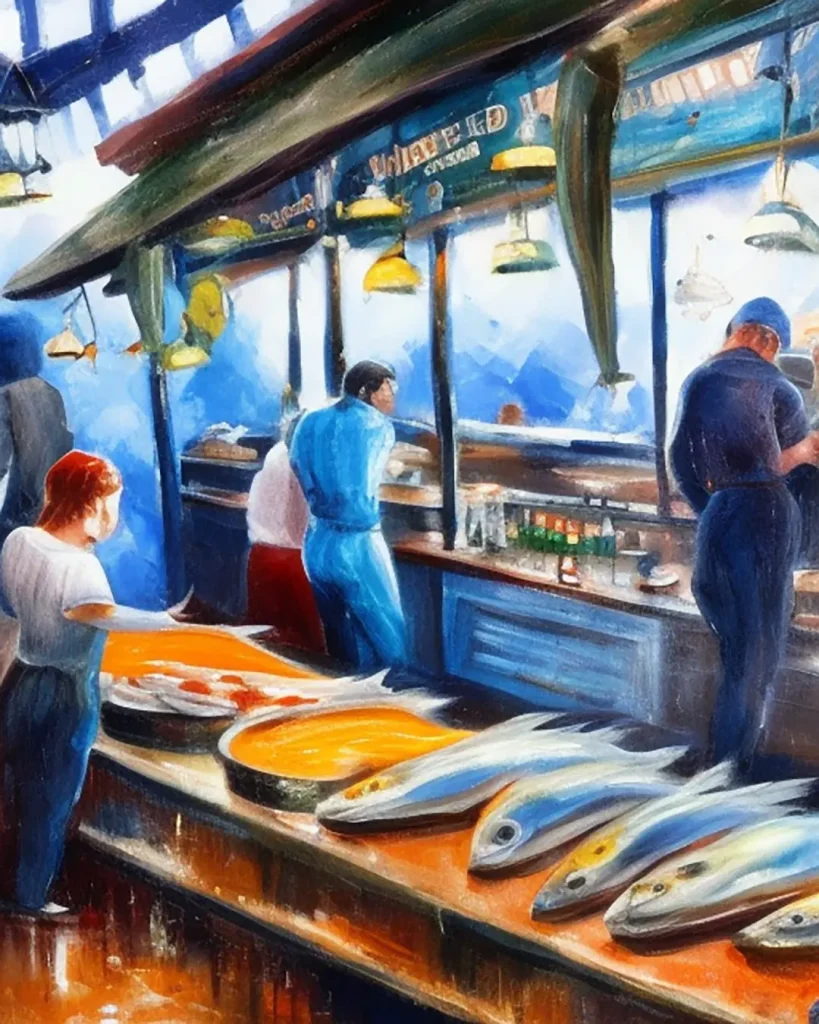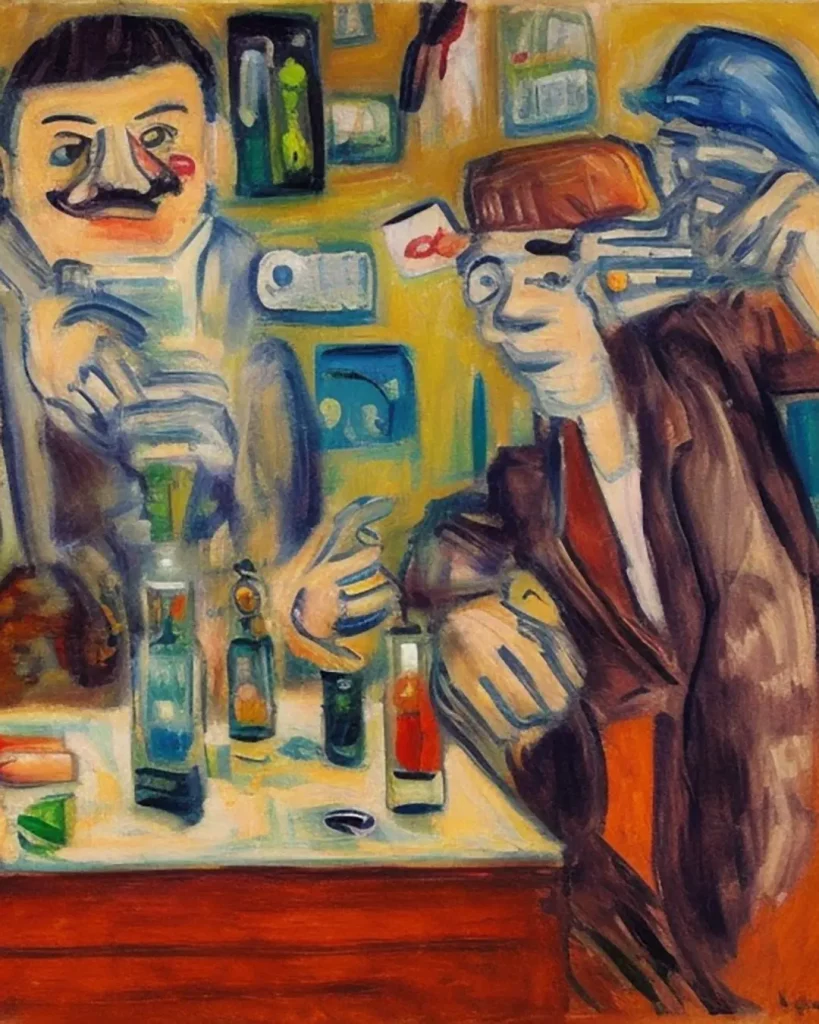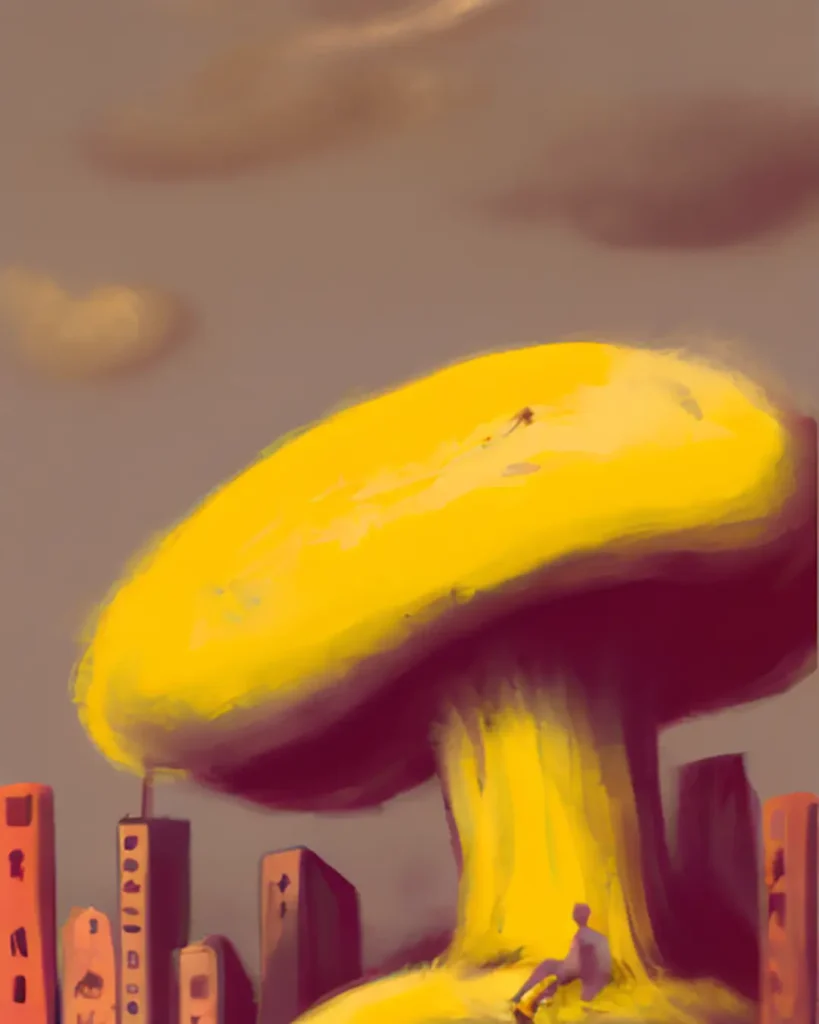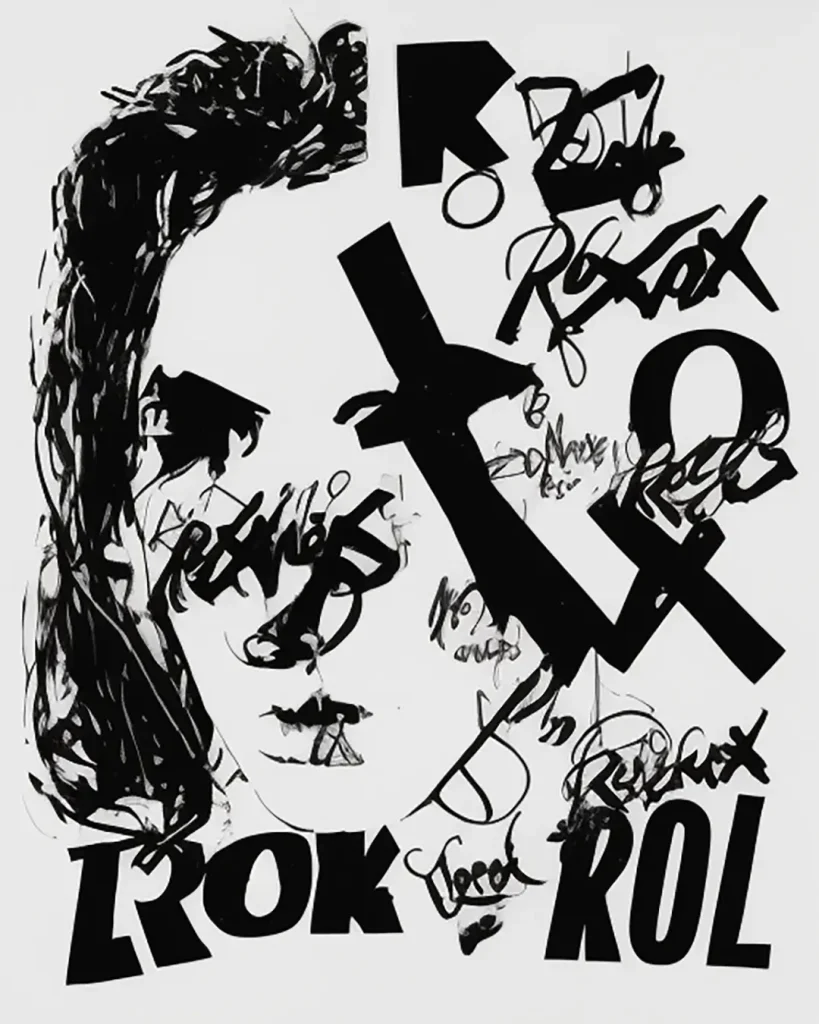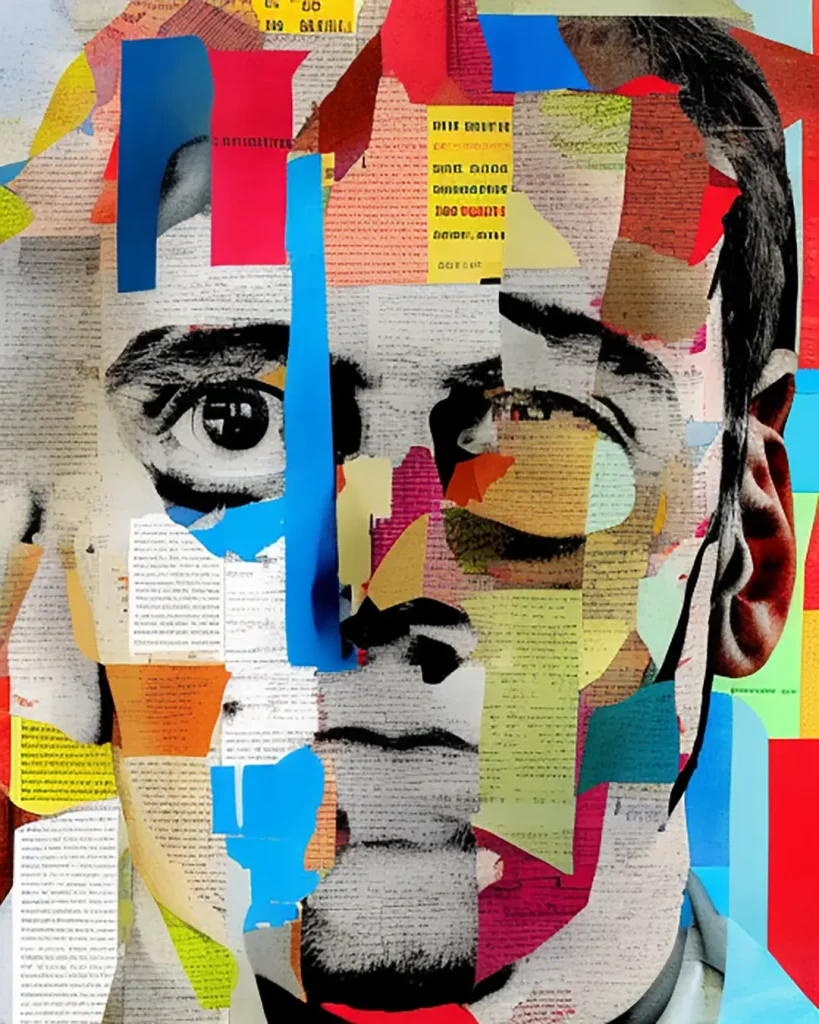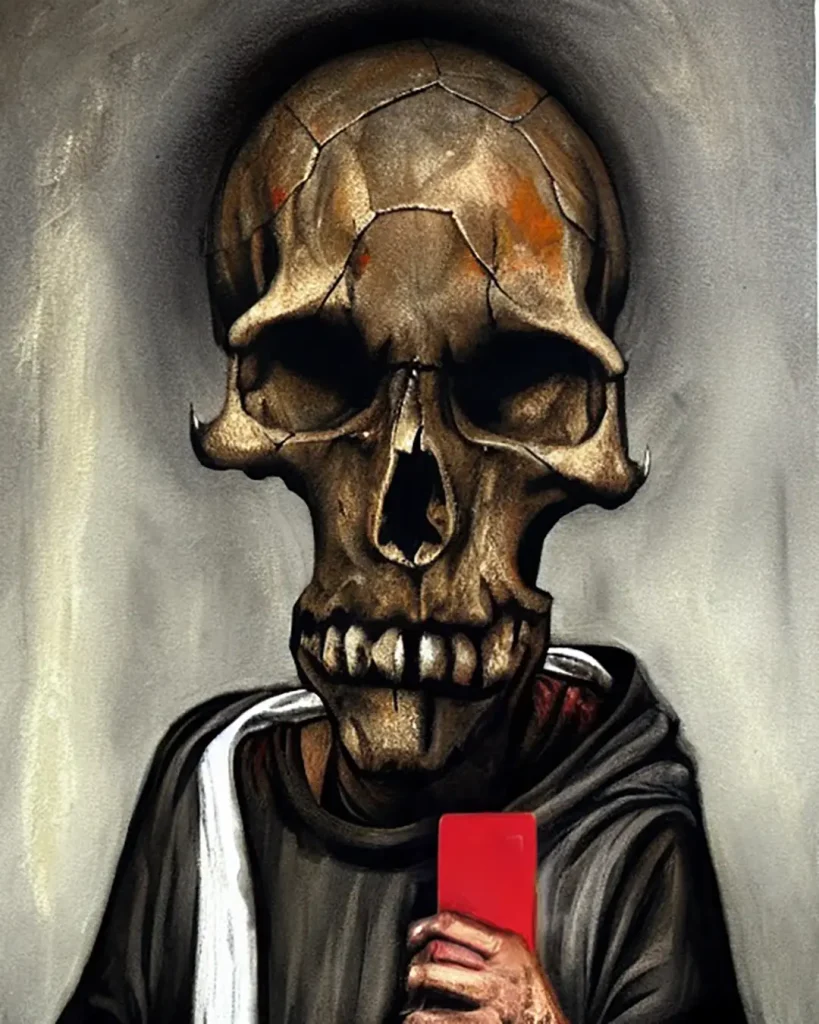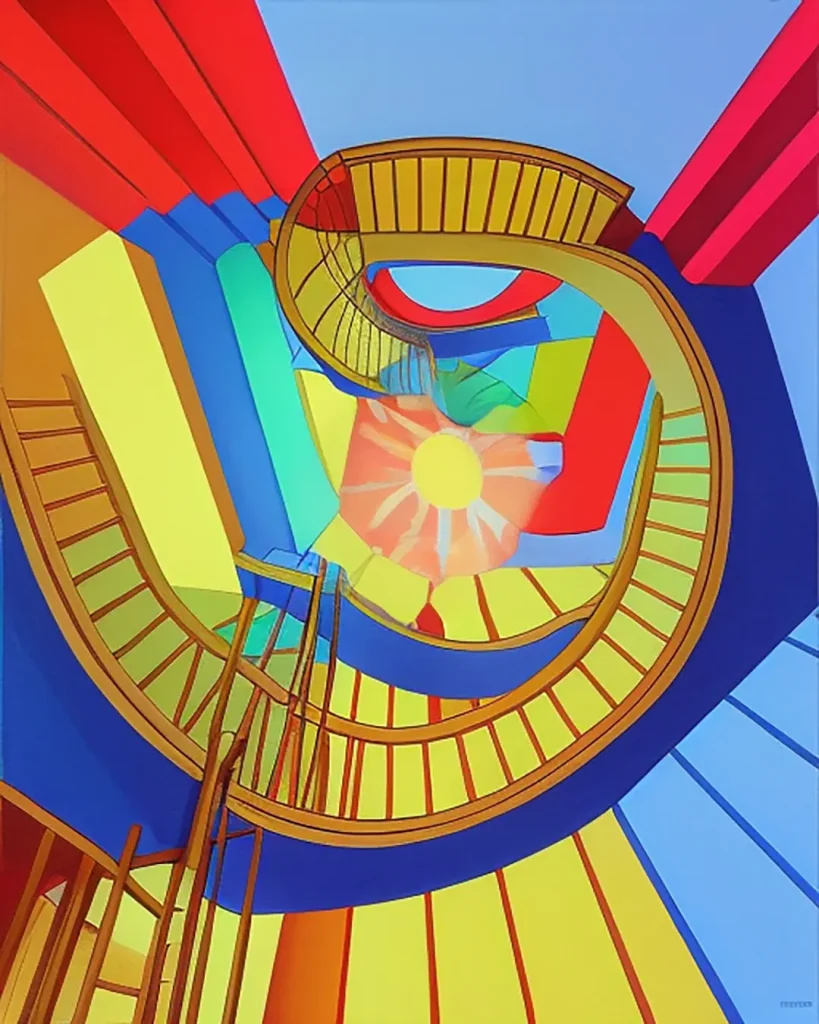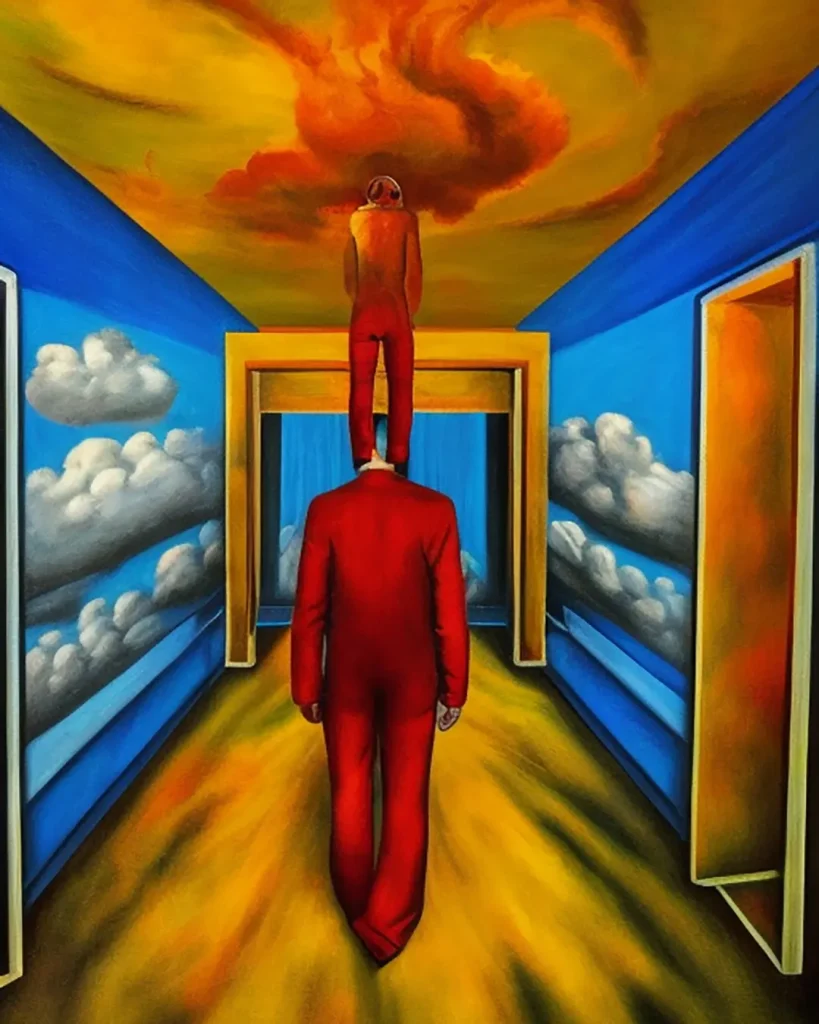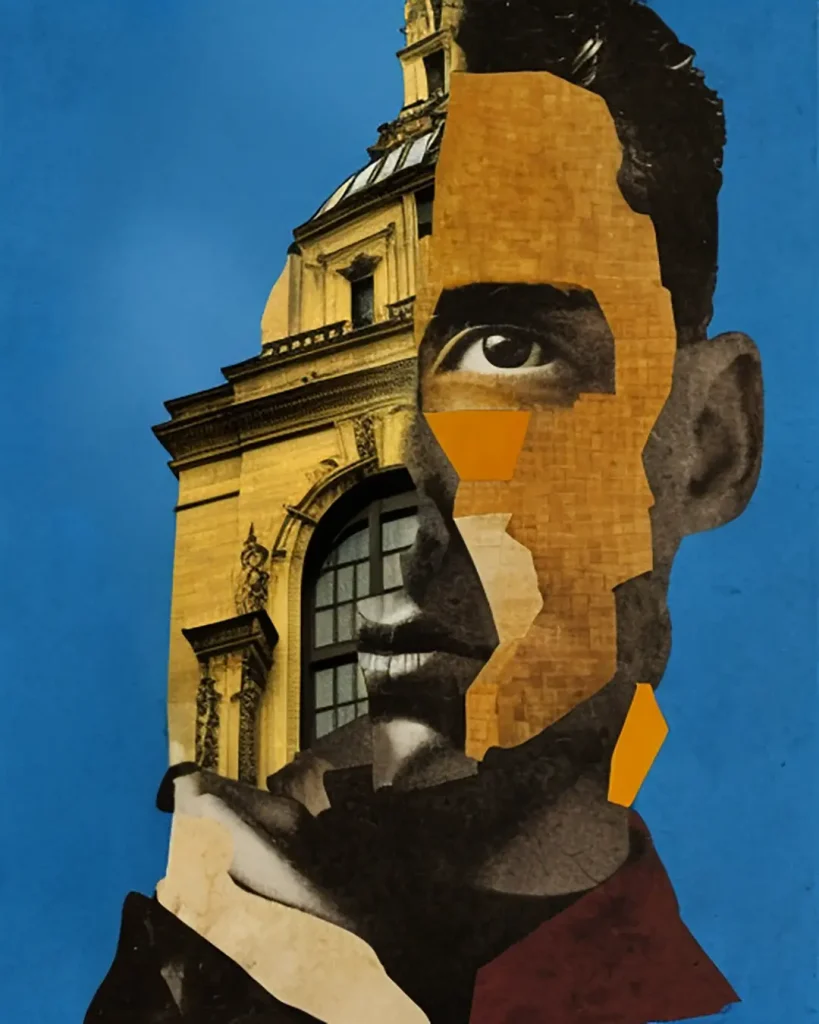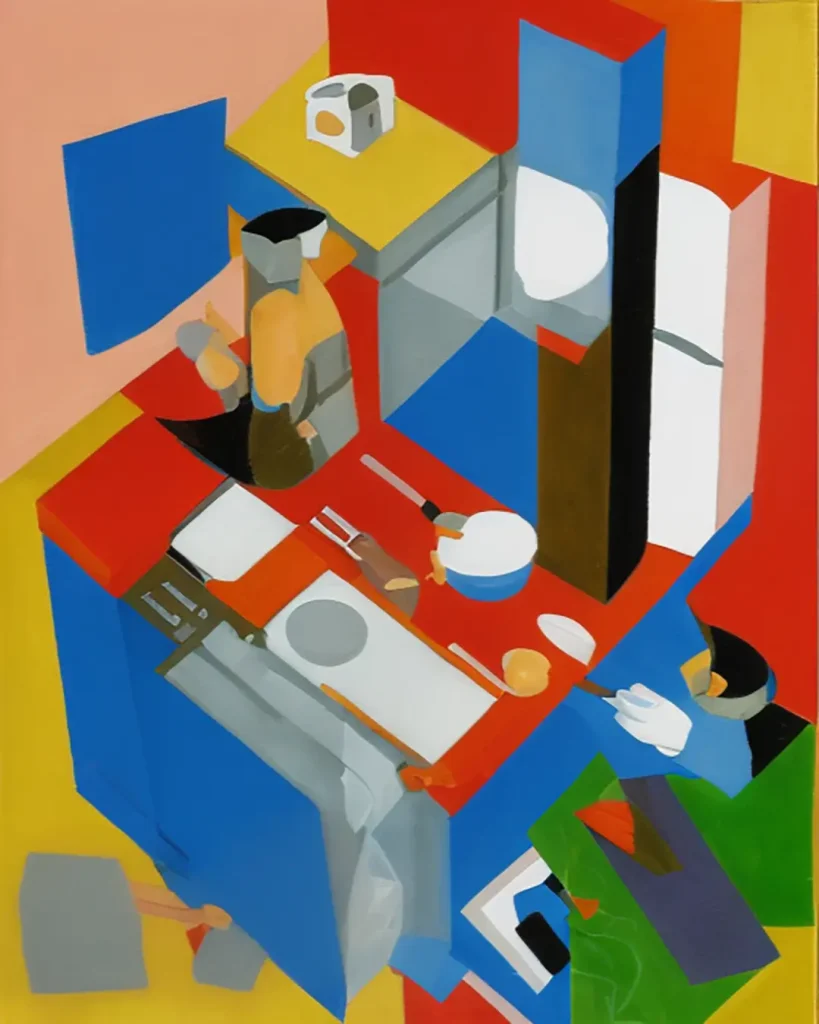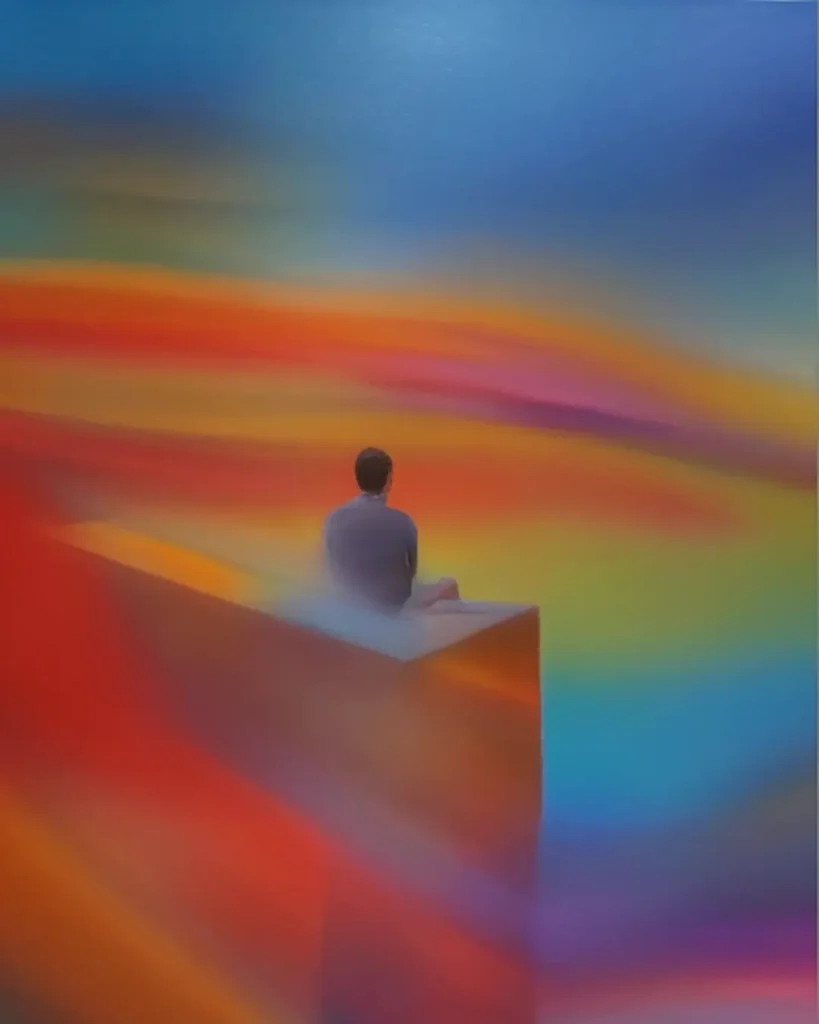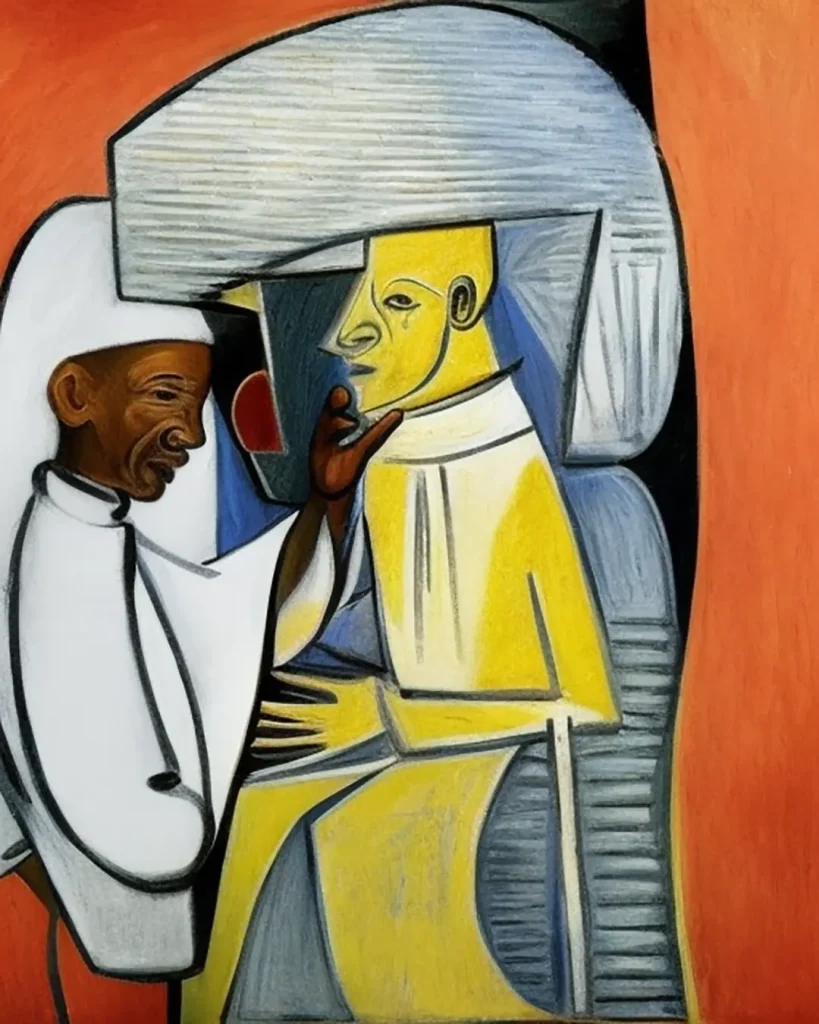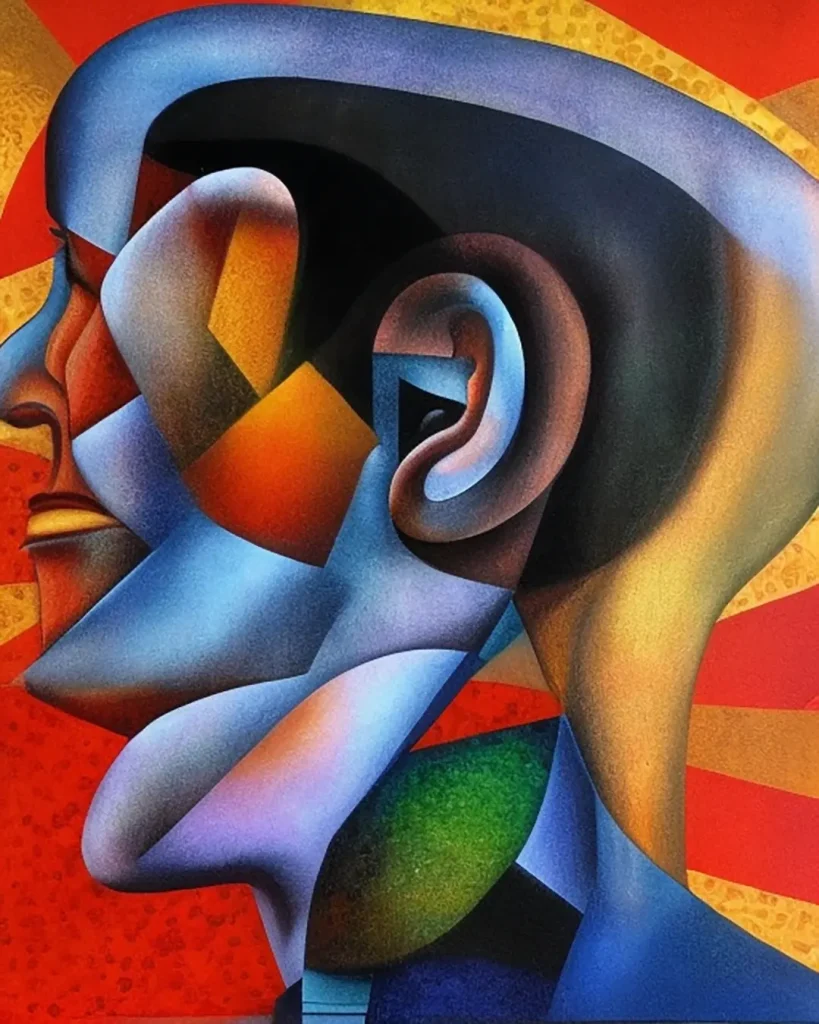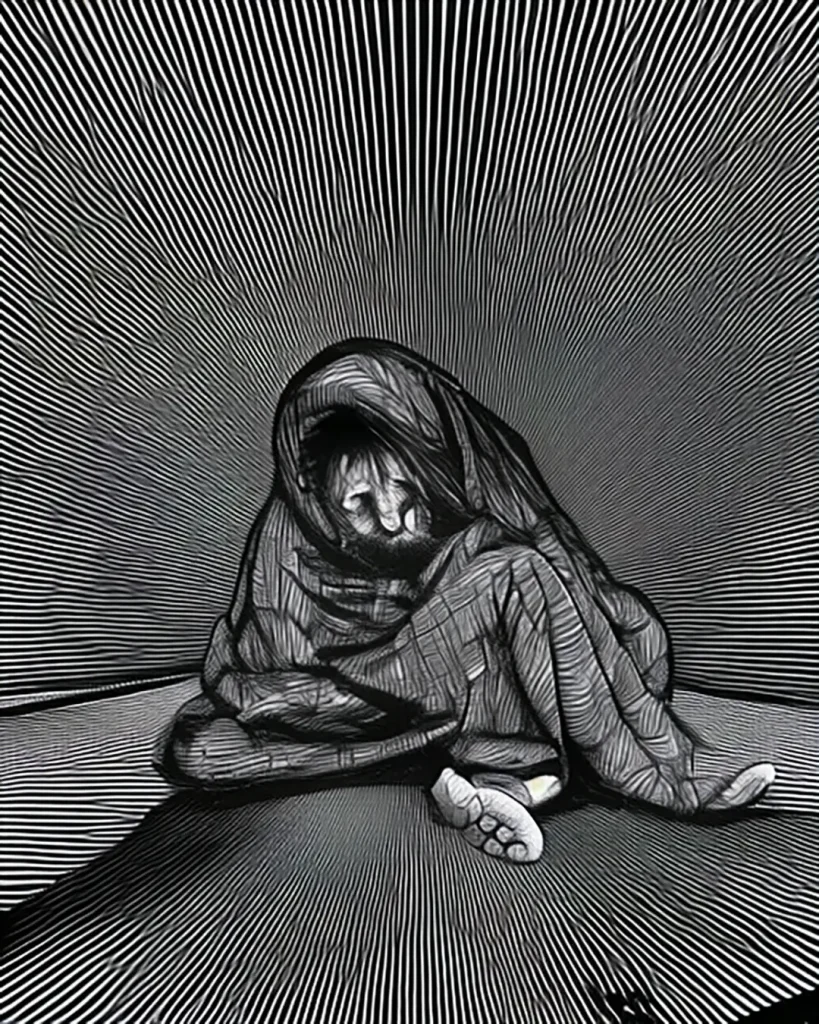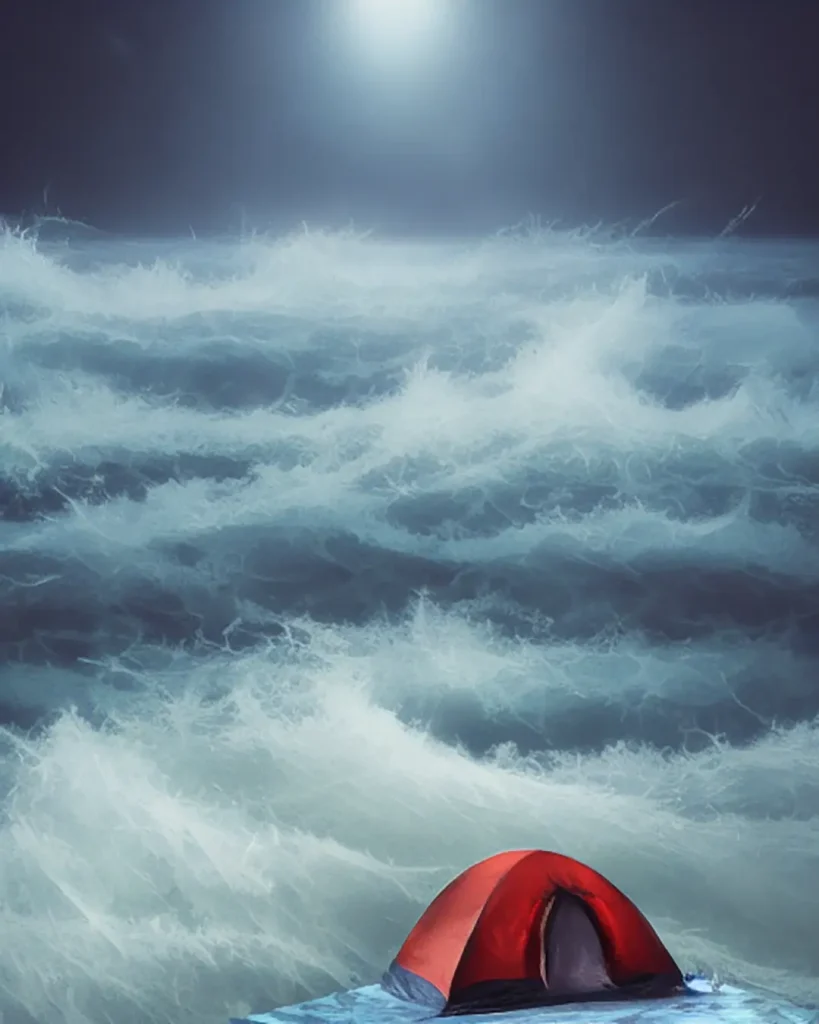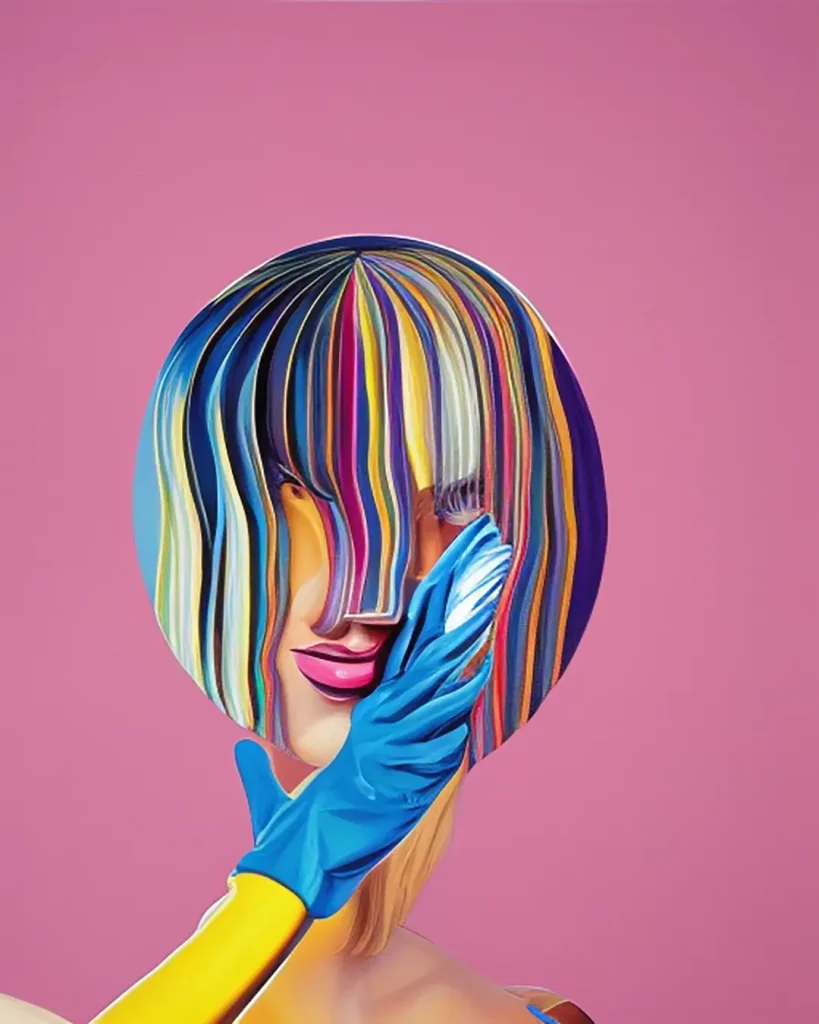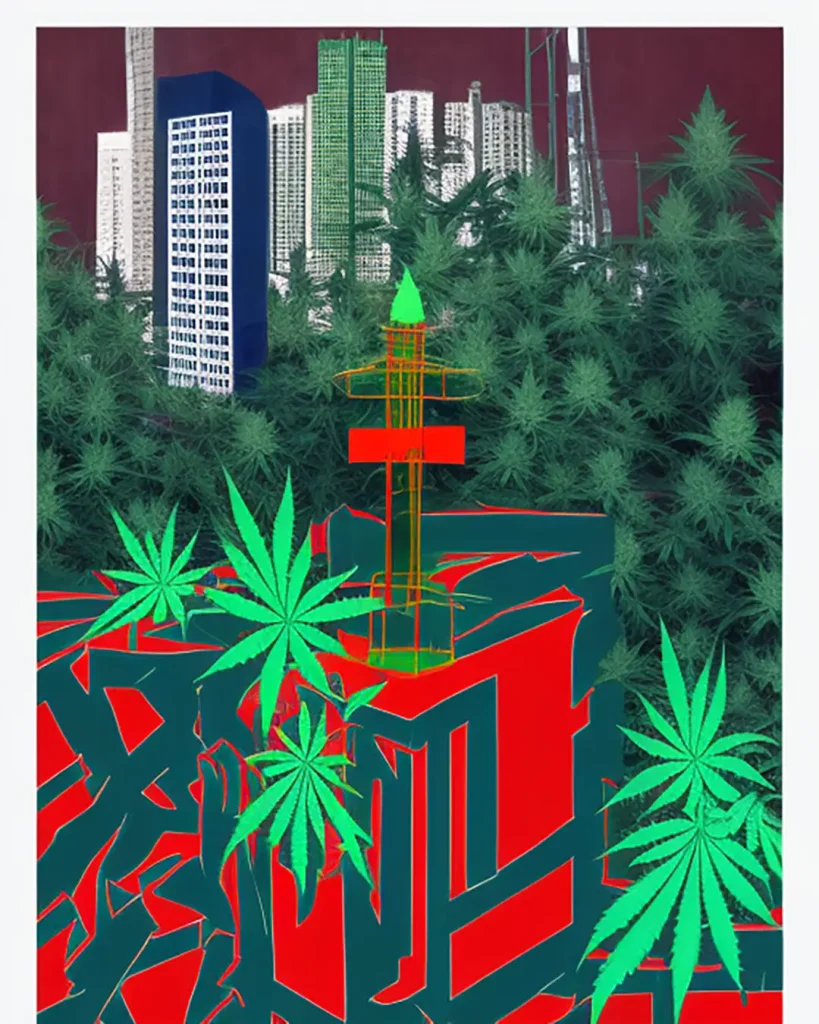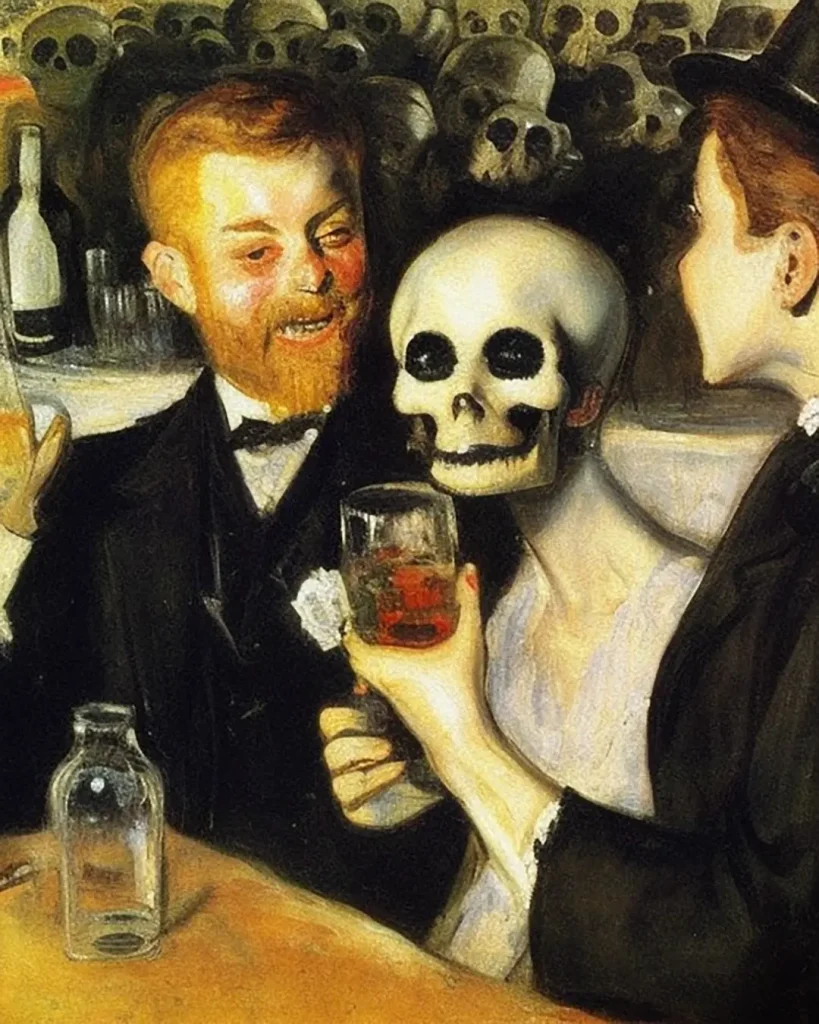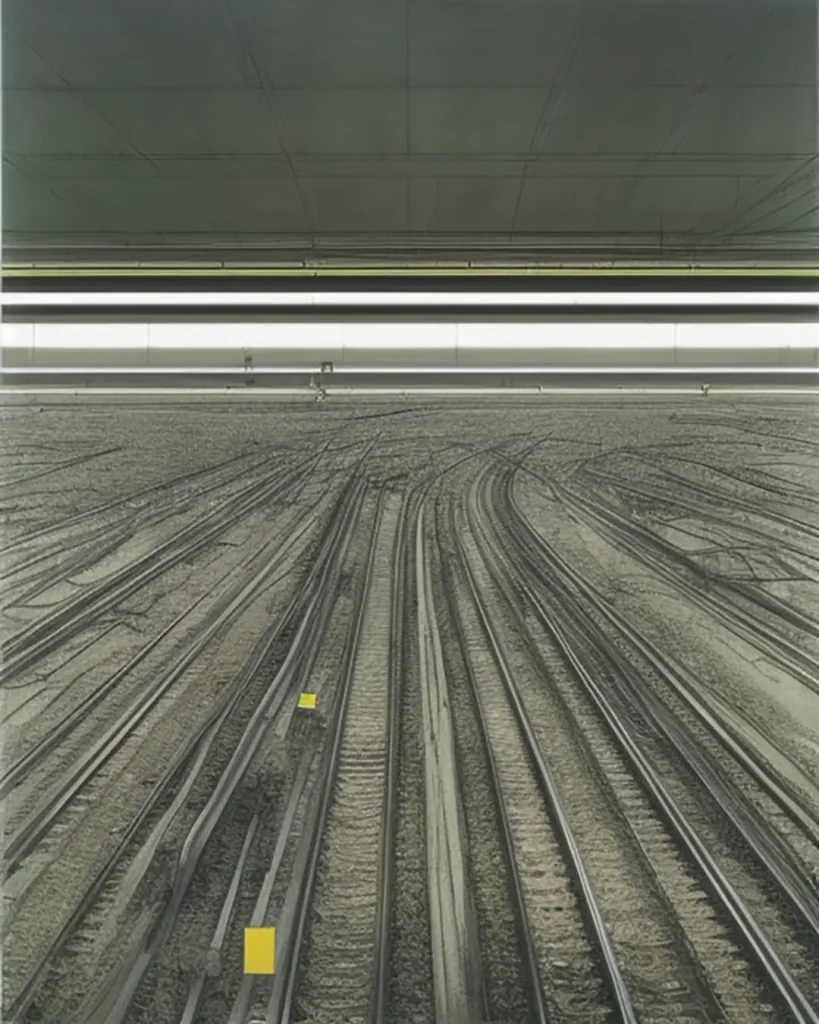The art of the story
„The Dark Path“
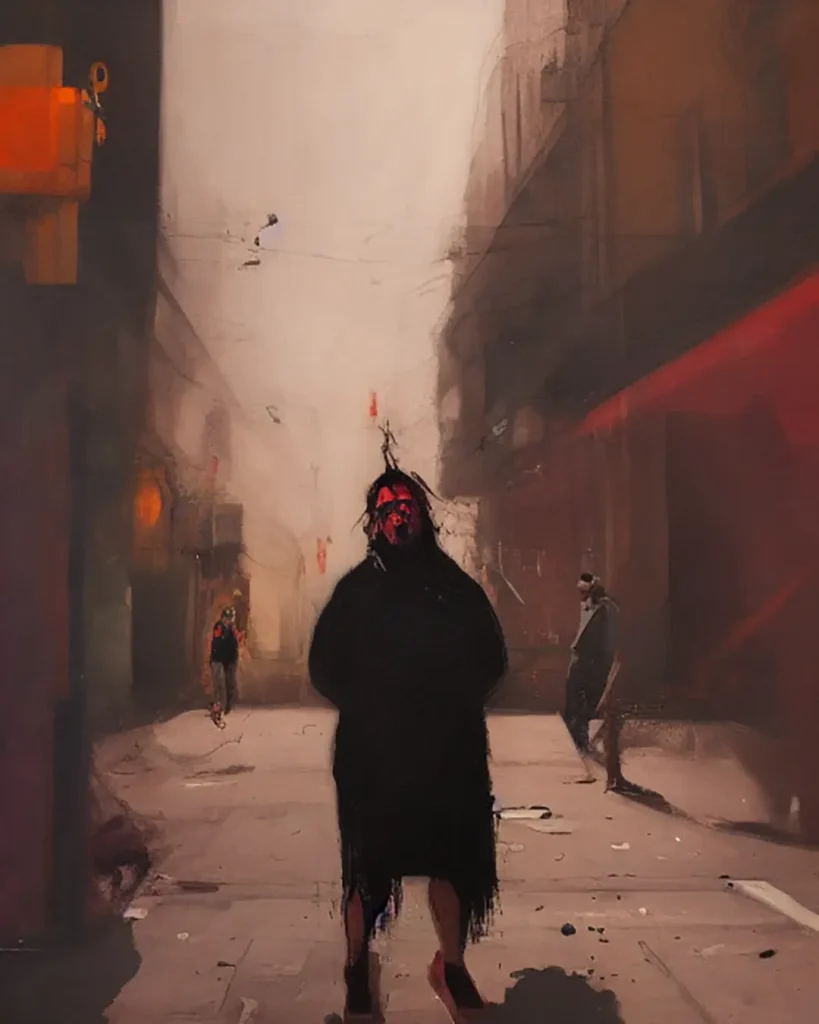

The story of
Jürgen Jobsen
I had a pretty decent youth. I spent most of it in Bergedorf. I was “integrated” into the Protestant youth, as it was called at the time, but without being constantly confronted with faith.
There were various groups, like the so-called Thursday Club, where you could discuss all kinds of things. Music played a big role; I also played a concert guitar. Then we had a disco on weekends, and at some point, a photography group formed, which was important to me.
I became homeless much later when I lost my business in the care industry. It failed because of the many regulations that exist in this country. So I eventually lost everything. Even my apartment.
In first period of my homelessness, I went to one of those small parking garages. It had a roof, but it was open on the sides. I slept there, and my stuff was next to me, when an older couple came and said to me, “Well, you’ll have to watch out if you want to sit here, because homeless people like to stay here, too.” Apparently, I was not yet considered homeless at that time. Maybe I didn’t have the typical look yet.
Organizing life on the street for yourself, that’s a very different story than having an apartment. There are many things you don’t even think about under normal circumstances. For example, hygiene is not guaranteed anywhere, whether you’re sleeping on the ground in the city forest or in the inner city. Because where do you go to the bathroom, for example?
What happened to me can really happen to anyone. It can be a divorce or a death or – as in my case – the loss of a job. Because work means existence. Of course, we have a social system that ultimately supported me. But whether you manage to cope with all the bureaucracy behind it for your entire life …
It’s gruesome to come to grips with the fact that you’ve really hit rock bottom. Especially in the beginning, you’re alone. I can only recommend finding connections as quickly as possible. For me, that didn’t happen until 1998: I got in touch with Hinz&Kunzt. I got the sales card and the first newspaper, and that’s how I started. But I wasn’t a salesman for that long, because I was approached by the managing director at the time to join the sales team. That was the phase in which Hinz&Kunzt became even more professional. For me, it was like winning the lottery. Of course, I said yes. And now, I have an apartment and use the free time of the retirement phase for my hobby, photography.
More about Jürgen:
Audio-Interview:
Credits:
Text: Annette Woywode
Foto: Mauricio Bustamante
